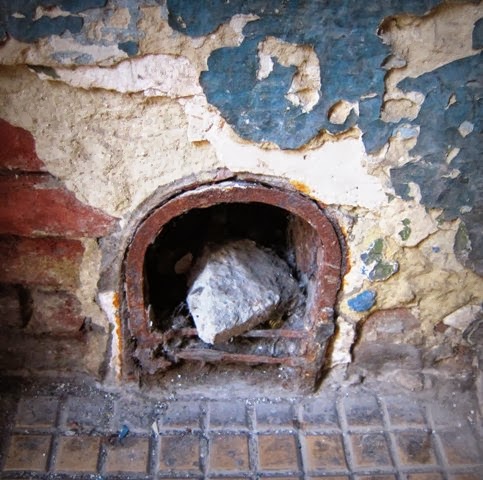Large Ghost Signs in Lviv

Most of Lviv's ghost signs are found on the front of buildings, advertsing products sold in a particular store. But there are a handful of larger ones as well, located on exposed sides of buildings, sometimes above the rooftops or on the entire side of a building. It seems that they were also advertising something nearby. On Doroshenka Street is a ghost sign for I. Jaeger's printing shop From the Telephone Directory Galicia 1939: "Jaeger I. Printing shop owner, Lvov, Sykstuska street 33" (Sykstuska was the old name for Doroshenka Street) Drukarnia = Polish for printing shop On Zelena Street there is a ghost sign for the Imperial Garage, dating from the interwar period (1918-1939). It’s difficult to see, but above the lettering was an image of a car. Nowocześnie urządzone garaże. IMPERJAL Modernly furnished garages. IMPERIAL On Nizhynska Street (formerly Paulinów Street) is a ghost sign for a women's clothing atelier. ...










